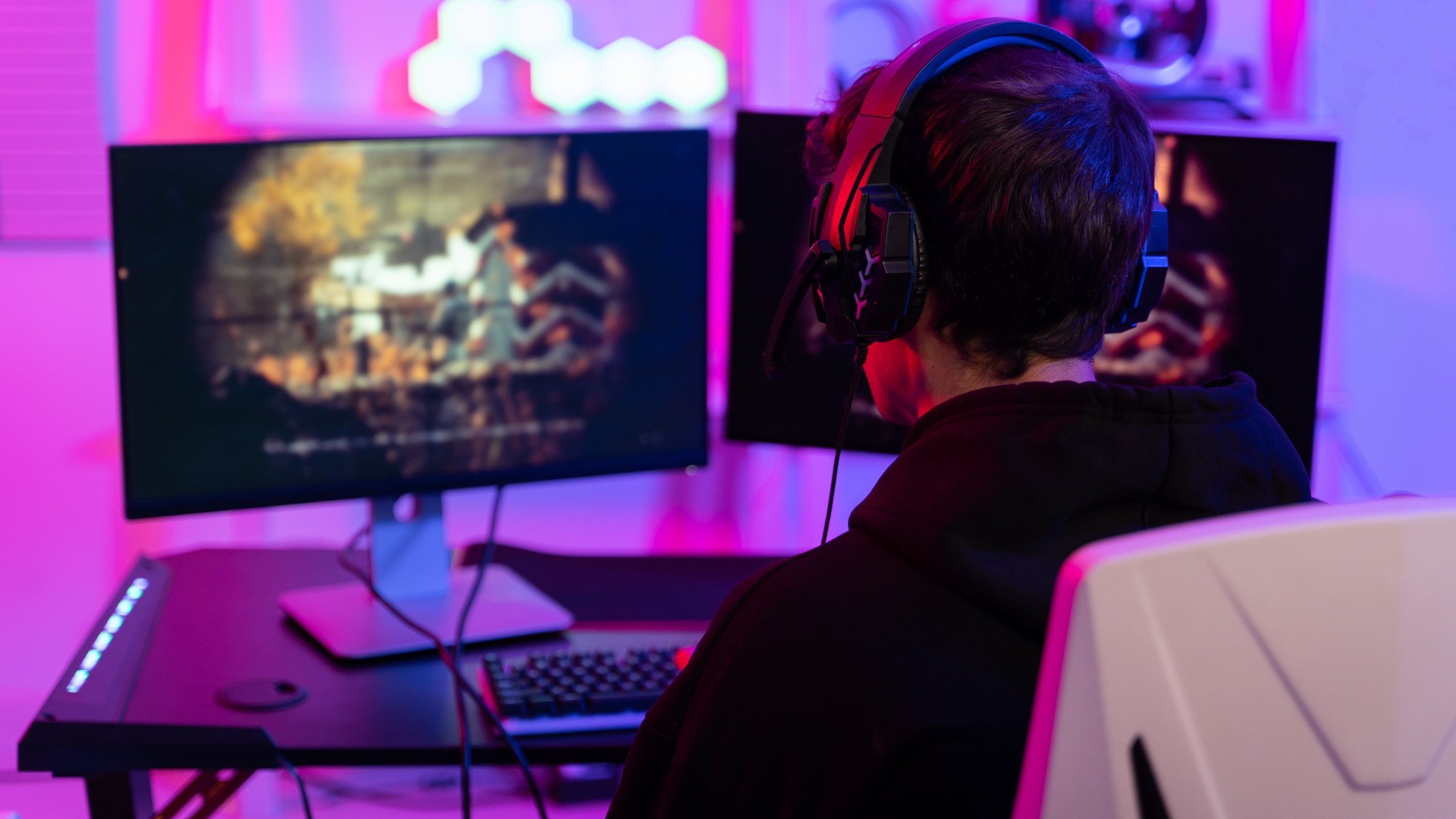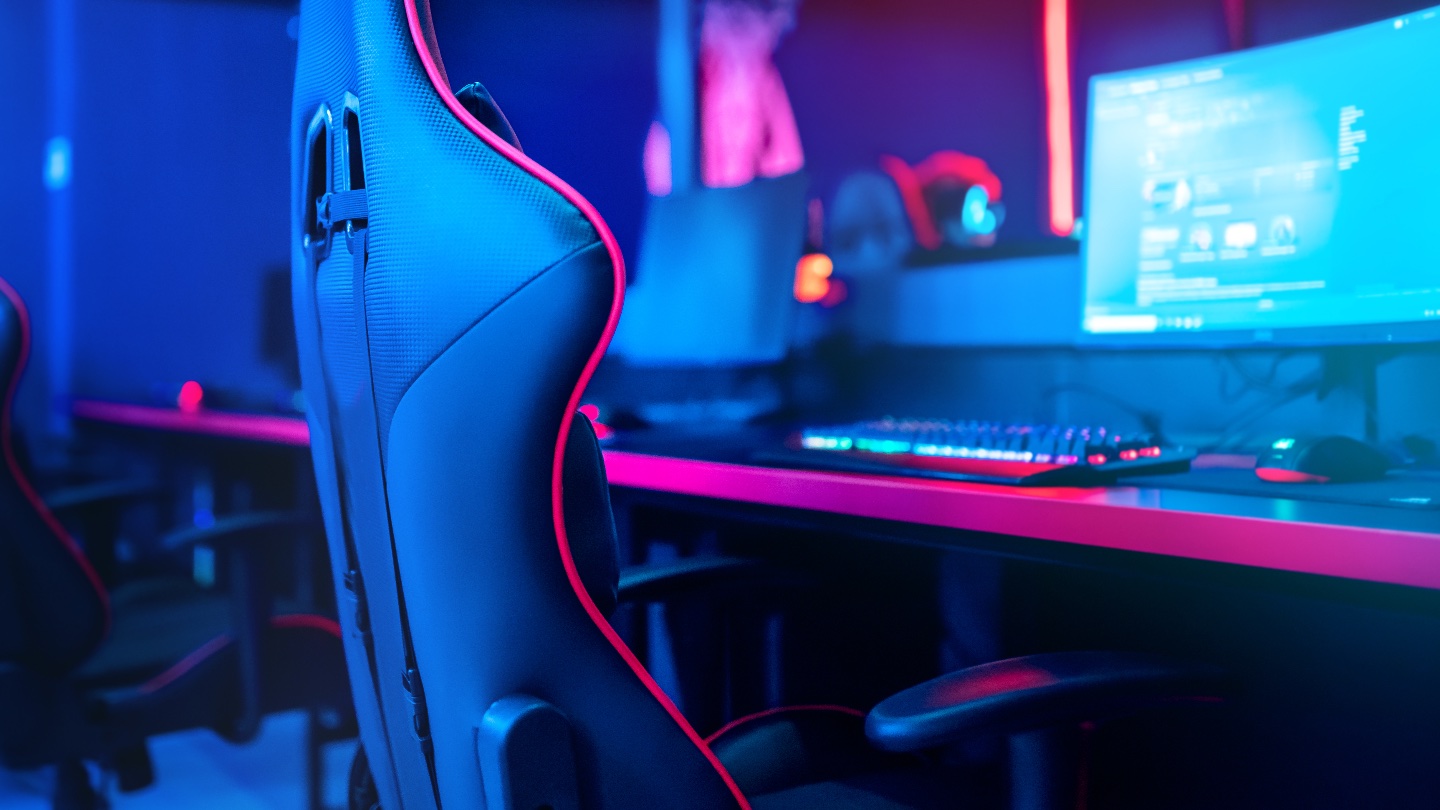Valve has sent shockwaves through the Dota 2 eSports community by suddenly pulling the plug on the Dota Pro Circuit (DPC) after a six-year tenure.
This unexpected change has left players, teams, and fans in bewilderment, raising questions about the future landscape of professional Dota 2 and its place in the broader eSports arena.
While some fans on social media platforms like Twitter argue that “Grassroots Dota will reignite the scene,” others are more apprehensive, voicing concerns about ethical dilemmas in a less regulated eSports environment.
The Dota Pro Circuit. https://t.co/IrxQP9zIxB #DPC #Dota2 pic.twitter.com/vOy92z5MKs
— Wykrhm Reddy (@wykrhm) September 14, 2023
Why Valve pulled the plug
Valve ended the DPC with a terse blog post: “The world of competitive Dota has grown less exciting, less varied, and ultimately much less fun” under the DPC’s watch. The Dota 2 creator argued that the DPC’s regulations and guidelines restricted innovation, leading to a slump in the quality of tournament broadcasts and dwindling viewer numbers. In the same post, Valve elaborated:
“Instead of competing for viewers and players by producing compelling and inventive tournaments, organizers now compete for compliance with Valve’s long list of rigid requirements.”
The insinuation here is that the DPC may have provided clarity for teams aiming for The International but did so at the cost of the game’s essential vibrancy and entertainment value.
Grassroots events could flourish
The DPC’s dissolution could be a shot in the arm for smaller, grassroots tournaments sidelined in the past few years. Niche events like The Summit, celebrated for their casual yet innovative approach to Dota 2, might become mainstream attractions. Valve hinted in their blog:
“Events used to be less rote and more creative, and there was more room in the calendar for them. There was a beautiful, unregulated insanity to it all.”
This newly freed-up calendar comes fraught with risks. ESL FACEIT Group, financially backed by Saudi Arabia’s Public Investment Fund, has already conducted tournaments with enormous prize pools and could allegedly easily monopolize the scene. These large tournaments may be high-quality, but their funding sources could present ethical complexities that fans find difficult to navigate.

What’s next for competitive Dota?
Not all is doom and gloom for the future of professional Dota 2. ESL has confirmed the continuity of their Pro Tour, featuring series like DreamLeagues and Riyadh Masters, into 2024. Valve, on their part, has assured that The International isn’t going anywhere. However, how teams will qualify for this flagship event without the DPC remains a cliffhanger.
Valve’s statement ended hopefully: “Competitive Dota predates the DPC by many years and will continue long after. We’re already working on The International 2024, and next year, we’ll talk more about how invitations to that event will work.” With the DPC structure gone, tournament organizers are now incentivized to up their game to compete for viewership, potentially resulting in higher-quality and more engaging broadcasts.

An uncertain but promising future
The termination of the Dota Pro Circuit marks a landmark moment in the history of competitive Dota 2. While the DPC successfully demystified the qualifying process for The International, it did so by dampening the excitement and creativity that have always been the lifeblood of the Dota 2 competitive scene.
As the industry ventures into this uncharted territory, the prospects for grassroots events and inventive new tournament formats are both exhilarating and uncertain. Removing the DPC’s bureaucratic shackles could lead to a renaissance in competitive Dota 2. Still, a careful balancing act is required to ensure this freedom does not pave the way for monopoly and ethical compromise.









 and then
and then